Suicides upping casualties from Tohoku catastrophe Japan Times, via Rense. Excerpts:
The link between depression and suicide is well documented, particularly in Japan, where depression has been shown to be a major suicide trigger.
Concerns about the possibility of survivors turning to such extreme measures is based partly on Japan's overall suicide rate, which according to the World Health Organization is the highest among developed nations. Suicides in May for the whole nation were 20 percent higher than a year before, according to National Police Agency figures, and experts believe the total for 2011 could surpass 30,000 for the 14th straight year.
..
"Survivors, especially those in shelters and temporary accommodations, are at risk of becoming exhausted and depressed, and over time this could lead to clinical depression brought about by the perceived hopelessness of their situation," said Cho, author of the book "Hito wa Naze Jisatsusuru no ka" ("Why Do People Commit Suicide?"). "This would further increase the risk of suicide."
This is especially true of residents in Fukushima Prefecture who have been severely affected by the radiation scare, he added. "Many farmers have lost everything and while the radiation issue remains unresolved they can't predict what the future holds."
Radioactive Dust From Japan Hit North America Days After Disaster ... But Governments "Lied" About Meltdowns and Radiation
Thrust Faulting Of North America And Pacific Plates Rock Japan With 6.7 Earthquake From Before It's News. Excerpts:
A magnitude 6.7earthquake rocked Japan today, the 75th aftershock of at least magnitude 6.0 from the devastating magnitude 9.0 quake on March 11, according to the U.S. Geological Survey (USGS). The earthquake data is preliminary and subject to revision.
Japan has been rocked by hundreds of aftershocks since the deadly Tohoku earthquake, the biggest in Japan's recorded history. The aftershocks have been so plentiful that the world's premier earthquake-measurement service has since modified its alert system to filter out the smaller aftershocks. The largest aftershock was a magnitude 7.9 quake that struck less than an hour after the main shock. A magnitude 7.7 also struck that day. A magnitude 7.1 aftershock struck on April 7.
..
Since the main quake off Japan's northeastern coast, hundreds aftershocks have shaken the island of Honshu, Japan's largest and home to 100 million people. Today's aftershock was caused by thrust faulting near the Japan Trench, the boundary between the Pacific and North America tectonic plates (the huge, moving slabs of the Earth's crust). Thrust faulting happens when one tectonic plate dives under another. In this case, the Pacific plate is diving under the North America plate.
Before the magnitude 9.0 earthquake, only nine magnitude 7.0 or greater earthquakes had ruptured in this subduction zone since 1973.
Fukushima Daiichi nuclear power plant building land on the roof of Unit 2 is a small unmanned helicopter Asahi, via Google Translate via Godlike Productions. Awkward excerpts:
US-made helicopter was flying unmanned for collecting samples for analysis of radioactive material in the Fukushima Daiichi nuclear power plant (reconnaissance) has become impossible to steer, and land on the roof of the Unit 2 reactor building, and announced. Smoke is not recognized, the impact on the building is unknown. Consider using a collection of such cranes.
Unmanned helicopter is 50 cm in diameter, weighs 8 kg. Off from the power plant south of the observatory at 6:00 am May 24 at 2:34. Hover by remote control and was planning to collect air and dust near the Unit 2. It has become impossible to pilot crash-landed at about 7:00 am.
Sampling and unmanned helicopters were used to shoot in the building exploded.
Still no good news..
The link between depression and suicide is well documented, particularly in Japan, where depression has been shown to be a major suicide trigger.
Concerns about the possibility of survivors turning to such extreme measures is based partly on Japan's overall suicide rate, which according to the World Health Organization is the highest among developed nations. Suicides in May for the whole nation were 20 percent higher than a year before, according to National Police Agency figures, and experts believe the total for 2011 could surpass 30,000 for the 14th straight year.
..
"Survivors, especially those in shelters and temporary accommodations, are at risk of becoming exhausted and depressed, and over time this could lead to clinical depression brought about by the perceived hopelessness of their situation," said Cho, author of the book "Hito wa Naze Jisatsusuru no ka" ("Why Do People Commit Suicide?"). "This would further increase the risk of suicide."
This is especially true of residents in Fukushima Prefecture who have been severely affected by the radiation scare, he added. "Many farmers have lost everything and while the radiation issue remains unresolved they can't predict what the future holds."
Radioactive Dust From Japan Hit North America Days After Disaster ... But Governments "Lied" About Meltdowns and Radiation
Thrust Faulting Of North America And Pacific Plates Rock Japan With 6.7 Earthquake From Before It's News. Excerpts:
A magnitude 6.7earthquake rocked Japan today, the 75th aftershock of at least magnitude 6.0 from the devastating magnitude 9.0 quake on March 11, according to the U.S. Geological Survey (USGS). The earthquake data is preliminary and subject to revision.
Japan has been rocked by hundreds of aftershocks since the deadly Tohoku earthquake, the biggest in Japan's recorded history. The aftershocks have been so plentiful that the world's premier earthquake-measurement service has since modified its alert system to filter out the smaller aftershocks. The largest aftershock was a magnitude 7.9 quake that struck less than an hour after the main shock. A magnitude 7.7 also struck that day. A magnitude 7.1 aftershock struck on April 7.
..
Since the main quake off Japan's northeastern coast, hundreds aftershocks have shaken the island of Honshu, Japan's largest and home to 100 million people. Today's aftershock was caused by thrust faulting near the Japan Trench, the boundary between the Pacific and North America tectonic plates (the huge, moving slabs of the Earth's crust). Thrust faulting happens when one tectonic plate dives under another. In this case, the Pacific plate is diving under the North America plate.
Before the magnitude 9.0 earthquake, only nine magnitude 7.0 or greater earthquakes had ruptured in this subduction zone since 1973.
Fukushima Daiichi nuclear power plant building land on the roof of Unit 2 is a small unmanned helicopter Asahi, via Google Translate via Godlike Productions. Awkward excerpts:
US-made helicopter was flying unmanned for collecting samples for analysis of radioactive material in the Fukushima Daiichi nuclear power plant (reconnaissance) has become impossible to steer, and land on the roof of the Unit 2 reactor building, and announced. Smoke is not recognized, the impact on the building is unknown. Consider using a collection of such cranes.
Unmanned helicopter is 50 cm in diameter, weighs 8 kg. Off from the power plant south of the observatory at 6:00 am May 24 at 2:34. Hover by remote control and was planning to collect air and dust near the Unit 2. It has become impossible to pilot crash-landed at about 7:00 am.
Sampling and unmanned helicopters were used to shoot in the building exploded.
Still no good news..







































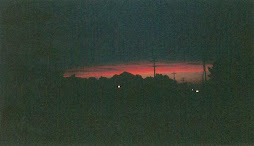





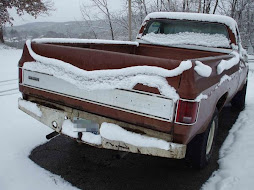

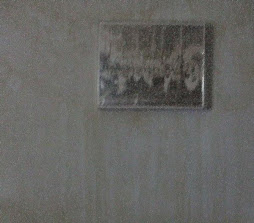





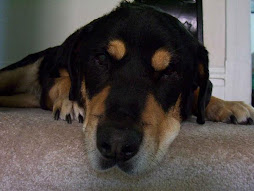
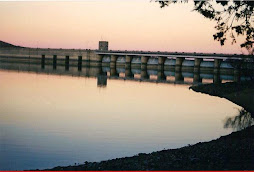
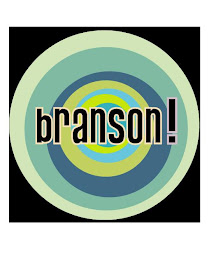





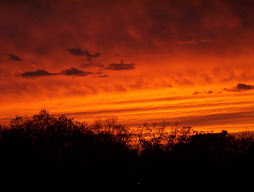
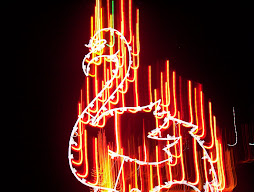




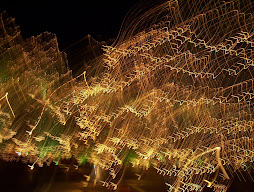

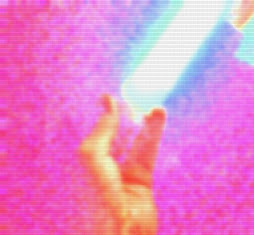
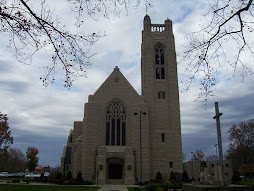
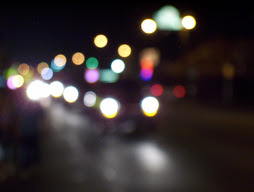







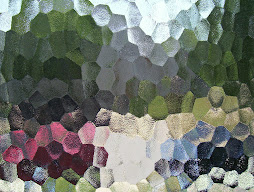
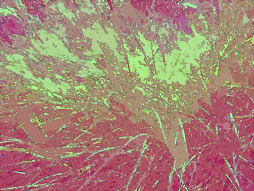
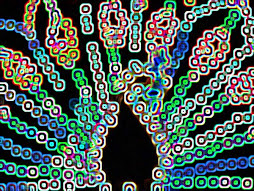









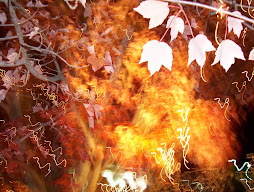

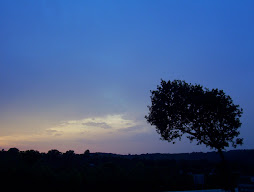
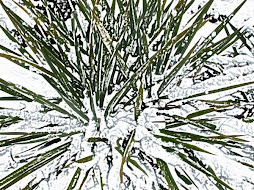






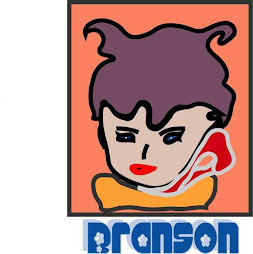



No comments:
Post a Comment